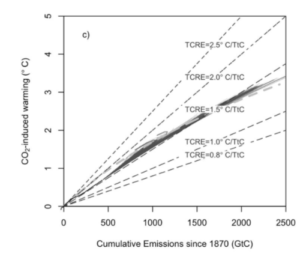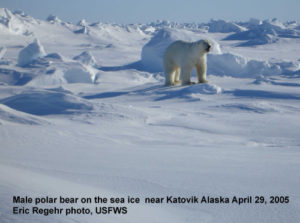by Judith Curry, February 13, 2020 in WUWT
A range of scenarios for global mean surface temperature change between 2020 and 2050, derived using a semi-empirical approach. All three modes of natural climate variability – volcanoes, solar and internal variability – are expected to act in the direction of cooling during this period.
In the midst of all the angst about 1.5oC or 2.0oC warming or more, as defined relative to some mythical time when climate was alleged to be ‘stable’ and (relatively) uninfluenced by humans, we lose sight of the fact that we have a better baseline period – now. One advantage of using ‘now’ as a baseline for future climate change is that we have good observations to describe the climate of ‘now’.
While most of the focus of climate projections is on 2100, the period circa 2020-2050 is of particular importance for several reasons:
-
It is the period for meeting UNFCCC targets for emissions reductions
-
Many financial and infrastructure decisions will be made on this time scale
-
The actual evolution of the climate over this period will influence 1) and 2) above; ‘surprises’ could have adverse impacts on decisions related to 1) and 2).

Figure 1: CO2-induced warming as a function of cumulative emissions and TCRE. Millar et al
Continuer la lecture de Plausible scenarios for climate change: 2020-2050

